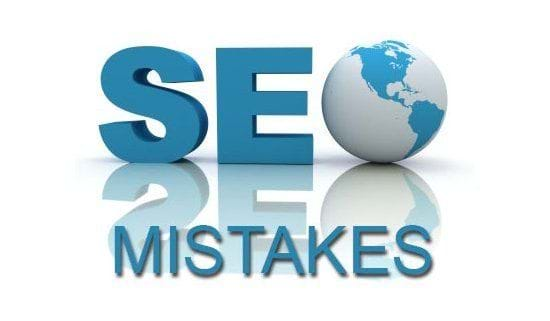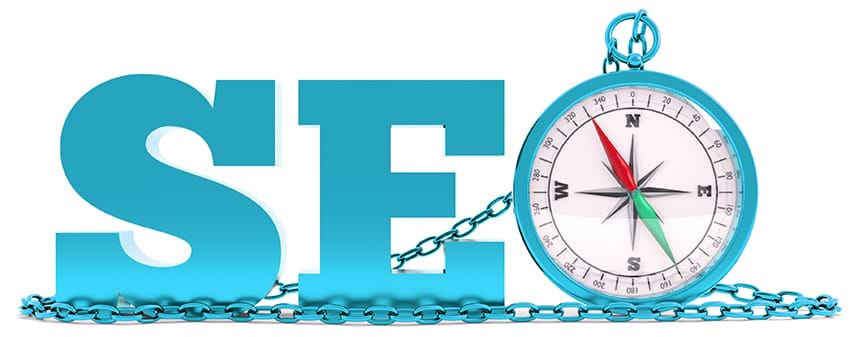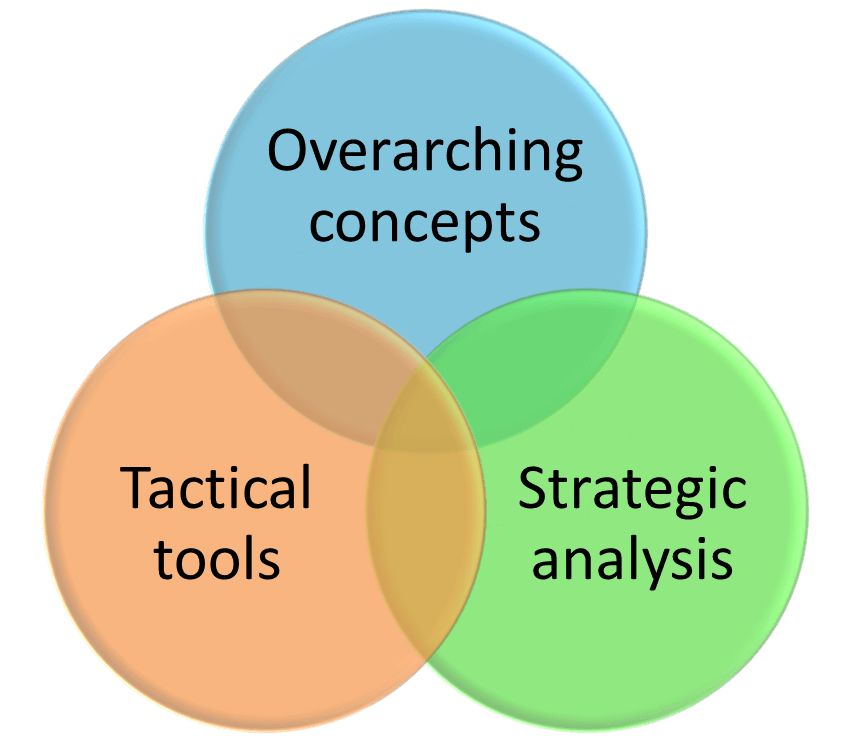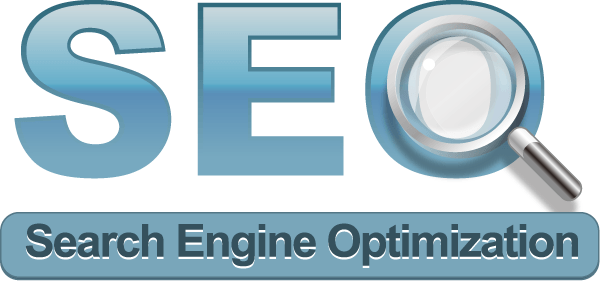Here at JM2 Webdesigners each and every day we work on search engine optimization from our Valparaiso office for clients. When we do we also help out prospective clients who want to truly rock the search engines. They want to do it low cost and with quick results. The first item we cover with any client is that SEO is a marathon and definitely not a short sprint. Like your business SEO is something that you need to train, mentor and continually work on. There are techniques (which we will not talk about as they are considered "black hat" (first topic we'll cover) that will hurt your business in the long run of this marathon and all too often we see people come to us wanting to "fix" this mistake that they've been doing for years.
Search Engine Optimization is simple easy and something that can be done in minutes. This is oh so far from the truth yet others believe is possible because they read or hear about the latest "trick" to "beat the system". This can work for a short time (days, weeks or even months). The result is you move up super-fast and achieve nirvana on the search engines with little to no effort. So what's wrong with that? Like all good things in life to maintain and grow you need to work for it to better yourself. Our personal opinion is that black hat techniques we feel are for people that cheat to get to the top and we actually have proof of people using those techniques. It works for some but for the majority it doesn't work and when it does work it's only for a short period of time. Any legitimate SEO provider will automatically tell you that we don't and won't support these techniques. We've had to "fire" two clients ourselves for clients who agreed to not use these techniques (it is part of our contracts for web hosting as well as search engine optimization) and we found out that they were.
One client it took us eight months to achieve a top three rank on page one of Google, Bing and Yahoo. The phrase was a simple and a short phrase of "Valparaiso xyz" (xyz is used here to keep their information private). Based on they sold xyz in Valparaiso it was a perfect phrase and something most people would type in. We kept their page updated with the latest BBQ information with stories and detailed menus of what they sold with pictures to further enhance their rankings. They rose to the top at a slow and steady pace. They started on page 5 for the phrase when we started their search engine optimization and were on page four at the time we took them over. Each month they typically moved up a couple of positions. Some months they went down a spot but overall we were on a very positive upward movement. Then they wanted more and what we call a "slick salesman" came in and promised even more and better results and they took it as they wanted to grow faster than they already were (and who can blame them). After a few weeks we started to see they were dropping a few spots. That isn't uncommon as the search engines change algorithms constantly and we knew this was just another change and we needed to adjust our effort to help them maintain their phrases they wanted. We added more information about the subject matter that was credible and beneficial for their patrons. They continued to drop and we started to talk with them as things were starting to drop fast. As we talked with them they let it slip they hired a person to rebrand and remarket the company. Once we found that out our relationship quickly ended as we started to dig into what was being done and how. We found out the techniques that were used were "grey hat" (a collection of both good and bad techniques) as well as solid "black hat" techniques. The person wasn't trying to mess with the number one spots that we achieved but on totally new keyword phrases. These black hat techniques though after a month started to lower all the good rankings as well as the search engines saw the "new" strategy as against the recommended best practices for success. Today (as of this blog post) the client can't be found on any of the top six pages (now on page 7) for any of the terms they used to be on page one and were on page five when we original took their website over. This is truly a harsh example, especially for the one client, but a valuable lesson for everyone else that these techniques can, and often will, hurt your business.
There truly are no "guarantees" anyone can offer when it comes to being on page one or the top three results of the search engines. Google, Bing, and Yahoo can guarantee that if you pay them for the phrases you want they will put you in the top of the paid positions on the search results. Paying for top spots works for many. We believe though that being "organic" in search you can work your way to the best possible position. Organic means that the search engines see your website, see that you are a credible source of information and do provide valuable content for your customers. If you have someone that comes to you and guarantees that they can get you on page one of the search engine result pages (SERPs) and even the number one position you need to take it with a very LARGE grain of salt as unless they own the search engines getting the number one organic search results cannot be guaranteed. The only thing any search engine optimization company can guarantee is they will do their best to achieve the results for the phrases you've worked together on. One cannot even guarantee that you will be above your competitors but they can guarantee that their organization will do their best efforts to achieve that for you.

Researching covers a wide variety. With search engine optimization for your website we see three major areas of focus to cover. You have your web designer / application developer that you must choose. This individual or team needs to understand what the search engines are. Making a site just pretty will not achieve the results you want or need. The next is one that you feel you can work with and will help your company succeed. This is as important, if not more so, than everything else. If the person you feel is going to rip you off, not work with you as a member of your team, then you will never achieve what you are seeking. The next is writing down who your competitors are, why they're a competitor to you and equally why you personally feel your business is better than the other (what makes you stand out). The answer of "because" is not the right answer. Something like "we provide the best customer service by communicating every other week with our customers to make certain they are happy with ____ is a much better answer".
The final step is defining both success and failure. In our example above our client went from page five to page one in eight months. That would be a way of defining success if the goal was to do so in eight or more months (we routinely set everything to a year as rebuilding, creating quality content, and keeping the search engines appraised of your progress does take time). This goal would be considered a failure if the goal was to be achieved in three months. By defining your goals you can determine if what you're doing is working on not.

If you've ever read any of our past blog posts you know we encourage our clients to treat their website as an employee. An employee needs to be mentored, trained about the business as well as the culture of the business. Your website needs to be consistently branded across all of your online, and printed, platforms. If you build something great and then don't continue to grow your website you are missing the boat of what a website is for. Yes, a website is a brochure page that markets your company for its product and services 24x7 for you. Your website is often the first impression to potential customers. If the information is outdated, incorrect or not informative to the question that they have they will more than likely move onto another site that answers those questions. Once you build a website keep it fresh and current with what you're doing. This could be as simple as a blog post (like this one), press releases about what you're business is doing, and what you are doing in the community.
Not truly part of your website but a critical piece to the overall marketing and keeping in-touch with your customers for your business. You can post on frequently on social media to get your message. That is the first part of social media. When you do post are they all sales related (boring), are you giving information on how to help people (awesome) or are you just posting to post? We post a simple "Tweet" to social media every day at 11am. These are targeted mainly for our clients where we sat down with them during the "go live" part of their websites and know they want to do everything themselves. We don't discourage that as it can save money for them as well as keeps them actively involved in the entire process.
But what if all you do is post (or worse post every few months)? That's not good as well. Part of being on social media is being "social". That's talking and conversing with your customer base (both current and future customers). It's teaching them about your company culture but also learning about them. What are they interested in? How can you better serve their needs? Do you actively answer questions you're asked in a timely fashion? If someone has a concern do you address it and diffuse it before it goes viral and damages your company's reputation?
Backlinks used to be the holy grail of SEO. If you had a ton of backlinks you rocked the page one results of the search engines. Now this is a much smaller percentage of the algorithm to move up. They still matter though. A backlink is a link to your website. The more credible a site is that links to you the more "weight" it will play on the search engines to move you up. Part of the back link also is the text as part of the link. If you have a back link with your company name or it says "click here" and links to your site it will be less credible than if it's part of an article on a website where there is text that has meaning. As an example, "JM2 Webdesigners is an honest search engine marketing company in Valparaiso, Indiana" would be a better link than just a logo or the click here text.
When it comes to Meta information we routinely hear this as the magical pixie dust of the web. There are three main ones (many more exist but we'll cover the top three). These are title, keyword and description.
When you are browsing the internet the "Title" Meta tag is what displays at the top of the browser or in the browser tab if a user has multiple tabs open on their browser. This should never be blank. This should never match another page (e.g. every page says just your company name). You only have the length of a "tweet" to achieve your title tag and shorter the better. Other items that we see is people will not put in a keyword that exists on the page in their title.
The description we often see being blank. This is great for some but not others. Like keywords, the search engine makes a determination if they like your description or if they'll use the content from your website. Not having it leaves either nothing show or something that might not be the best for your business. Fill this in and make certain it covers what the page is about. Again, don't repeat this for every page.
As we talked about above in the Meta information not wanting to duplicate on every page the same holds true for the content that you put on your website. If you have the same information on every page you're hurting yourself.
Note: It is expected the header, menu and footer of a website is the same and that won't hurt you as there is special "markup" that is done to let the search engines know what actual content is for a given page.

When you have an existing page and move it you need to put in what is known as a 301 redirect. We covered this in a recent blog post here on the Beginners Guide to 301 Redirects. When you remove a page you also need to have a 301 redirect stating that the page is no longer there and where the new page is.
We see this routinely on sites that get started quickly. The intention is to later expand but never happens. What's wrong with a bulleted list? Nothing if used in the right context. If your entire site is bulleted you are providing quick information without forcing people to read. We love that for a quick read or a 30,000 foot overview of a subject matter. Expecting a search engine to interpret what those bullets mean you will never win. If you have a bullet for web design and expect the search engine to "auto-fill" in "what if" scenarios that you build websites, maintain websites, fix websites and handle security for websites you're missing the point of what a bulleted list is for in regard to the Internet.
There are two parts to images. We routinely see people take text away from their site and put it into an image. Images are there to add value and importance to the surrounding text of your site.
We often ask ourselves "Why" as a search engine can interpret text very well. A picture is really just a picture so why change it from something that will help you move up in the search results to something that has a potential to move you down? 9 times out of 10 we find this to be a person that knows graphics more than actual code and not caring about the people visiting your site.
The second item is like the Meta information we covered above. Each image has a value that is used to define what the image is. This is called Alternate Text or "alt" for short. This information lets the search engine know what the image is all about. We often see this as blank as people don't take time to put this information in. This information is used by screen readers as well. A screen reader is a verbal text reader for people that have seeing difficulties. This information is there for them too. These individuals need to be treated as first class citizens as they are just as important as everyone else.

We just talked about analytics where we said how important it is. As part of analytics you can tell what browser and device a person is coming from. For a browser it's typically Google Chrome, Microsoft Internet Explorer (soon Microsoft Edge when Windows 10 comes out), Apple Safari, Opera or Mozilla Firefox. You should make certain your website works well on all of the browsers out there but equally is important making certain that it is 100% dead-on for the primary browser that comes to your site.
Along with a browser what truly makes the browser work is the device being used. We have always had desktop and laptop devices with 14" screens and larger. Now we have many devices with smaller screen devices. This is where mobility comes into play and in a big way. On April 21, 2015 Google started moving websites down for not being mobile. Google has a free check at https://www.google.com/webmasters/tools/mobile-friendly/ that will let you know if you're mobile friendly or not according to their computer algorithm. We have seen sites that pass the test but also fail. How can you pass and fail? Well, from a computer software standpoint the website passes. You also get a representation of what your website looks like to the right. If you look at that representation and it doesn't look like you want it to be like then you've failed the usability test even though you passed the computer software test.

First and foremost follow only white hat techniques when it comes to search engine optimization. This will make you run the marathon and not do just a sprint for results. Secondly, follow all of the best practices of what the search engines recommend as they will not only improve the search engine results pages for your website but will also make your website more informative, credible and useful to those that visit your website.
Many people don't have time to do the search engine optimization themselves as they are working on growing their business. That's where JM2 Webdesigners from Valparaiso Indiana come in. We are here to augment your staff to achieve the results not just on the search engines but also on social media, email marketing and of course building, maintaining and upgrading your website. If you need assistance from someone that will only do the right things necessary for your online business you can call us at @PHONENUMBER@, fill out our contact form here or email us at @BUSINESSEMAILADDRESS@.